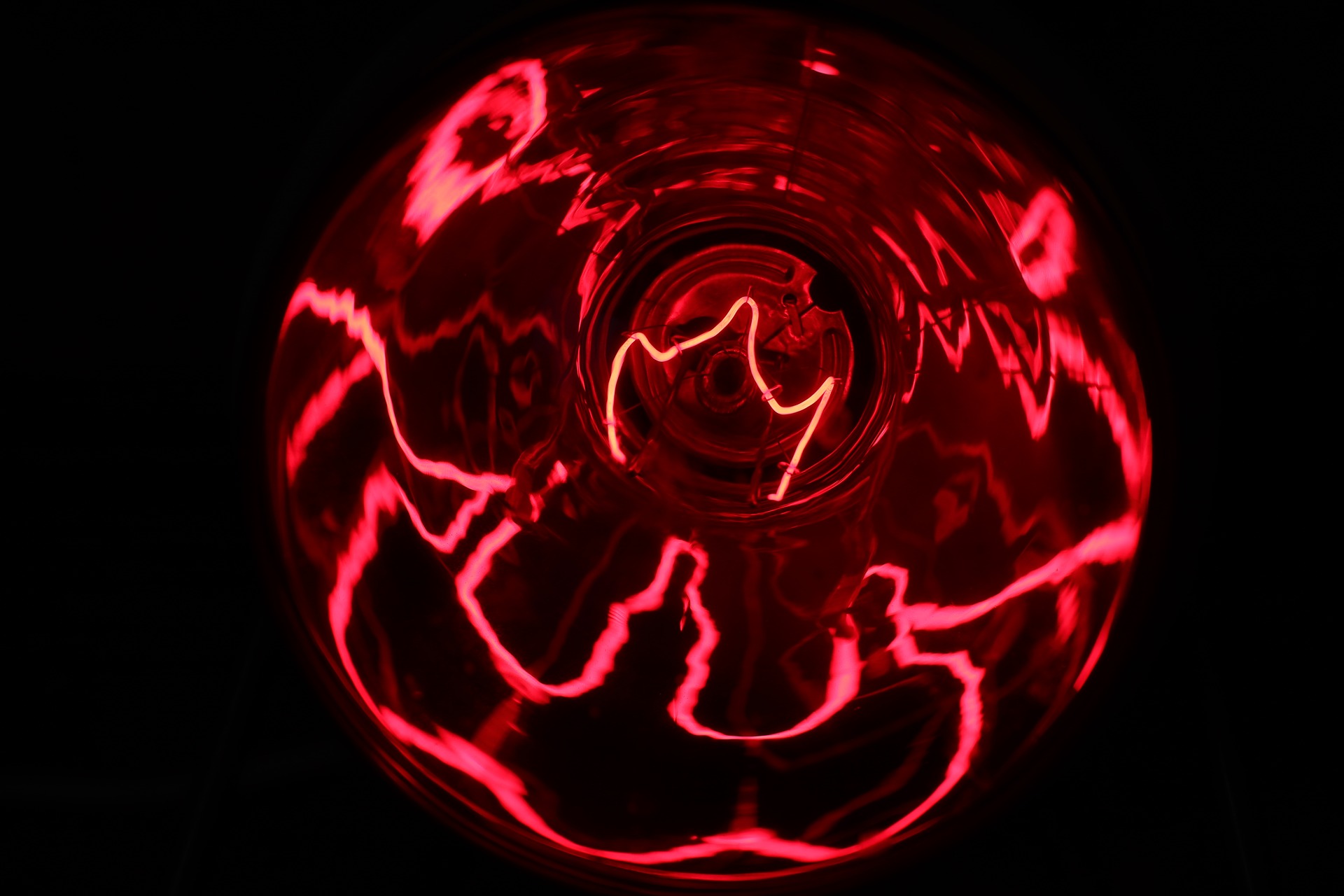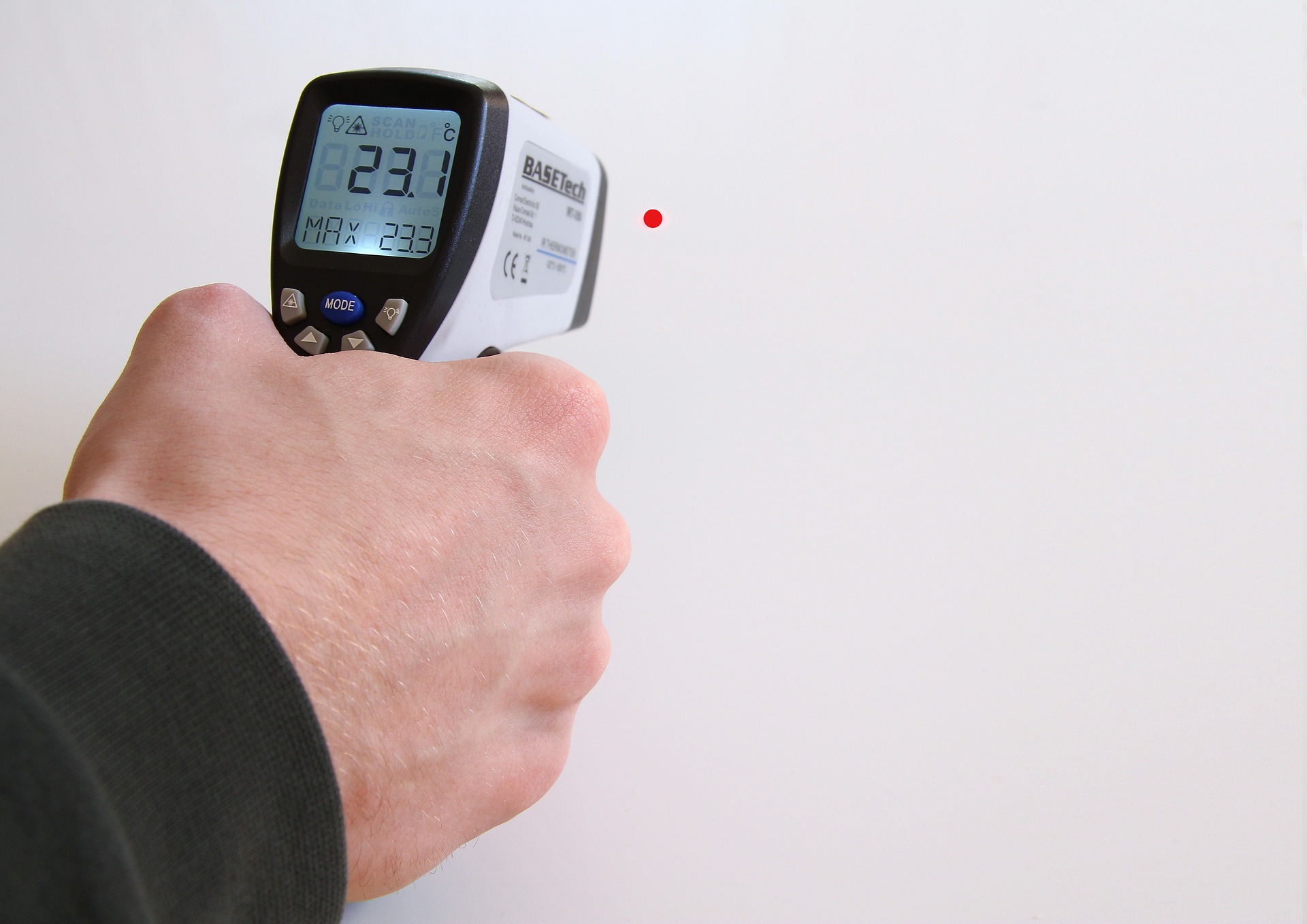
Infrared radiation
Although humans cannot see it, but can only perceive it as "heat radiation" on their skin, the infrared radiation is part of the optical radiation.
The IR radiation is therefore part of the electromagnetic spectrum.
The main supplier and thus the most important natural source of this heat radiation is the sun with 50% of the solar radiation arriving on the ground.







